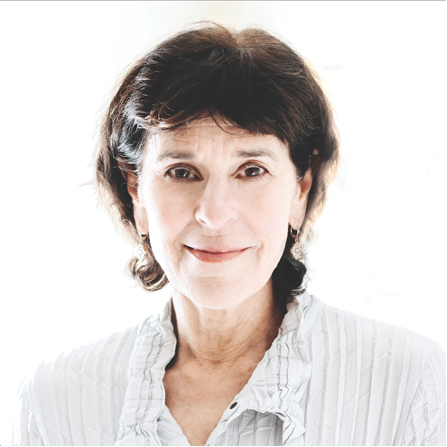Who wouldn’t want to write a bigger story? To grip readers across the spectrum and draw them into a wider universe, to ring all the bells. There are many paths to the writer’s holy grail. Bigger stories can be created or found. Ideally, both.
Writing guru Donald Maass uses the metaphor of a canvas. Like strokes of paint, bigger stories are built by adding elements, with each element a fresh opportunity for readers to connect. Cracking a story world open expands your universe as a writer; the only limit is your own creativity. What elements should you add, and how many are too much? Overshoot and readers will be glad to tell you. But by then it may be too late.
What makes a bigger story?
In addition to being created, the “bigness” of a story can be found. Every story has the potential to be bigger than what’s on the page. Because anything found must exist before you can find it, you may have to experiment with different ways of writing it. But when it’s written, how do you find your story’s bigger meaning? And can that meaning evolve?
A case in point is my true-crime Cold Case Story. The murder of Denver-area housewife Betty Frye in 1973 is very personal to me because it happened on the eve of my marriage to her son. In 2001, I fictionalized it in my first mystery novel, Quiet Time. But Betty’s story dogged me. In 2005, Quiet Time suddenly became the catalyst for reopening her case and reindicting her killer.
Cold Case stories are always bigger than they seem.
Over the years and many formats, I grappled with Betty’s bigger story. Quiet Time was written in third person and highly fictionalized, but back then the protagonist’s voice—the story’s bigger meaning—was mine. Despite massive changes over two dozen drafts, however, and the publisher’s demands for more changes to distance the mystery from the murder, enough meaning survived to catalyze a cold case. There had been something true about it.
When the cold case was over, I got the official files from 1973 and 2005. Wading through thousands of pages of transcripts and reports, audiotapes of witness interviews, and crime scene photos, I kept a dated first-person log of my trek as a research and reference tool. Where I had questions, I went beyond the record and interviewed witnesses and forensic experts myself. Finally in possession of the facts, I tried writing Betty’s story as third-person true crime. But purged of my voice—still, at that stage, the meaning—the story was flat and small.
How you can remold a story to make it bigger:
To recapture the dynamism of Betty’s story, I returned to the log. There were too many elements; the canvas was so big the story’s meaning was lost. But rereading the log, I was struck by how Betty herself had been continually remolded to suit new narratives after she was killed.
So I took a leap of faith and turned to a blog. In first-person posts limited to a tight 500 words, a path emerged. Now I saw Betty’s story was bigger than a suburban housewife’s murder—lots bigger than me, and bigger even than her.
Cold Case Story is the story of a cold case: the far-reaching effects on a family when a killer walks, and how a woman’s life and death can be hijacked by competing narratives when the man who killed her finally winds up in court. And how justice is bigger than any of us, the biggest story of all.

Stephanie Kane is a lawyer and award-winning author of four crime novels. Born in Brooklyn, she came to Colorado as a freshman at CU. She owned and ran a karate studio in Boulder and is a second-degree black belt. After graduating from law school, she was a corporate partner at a top Denver law firm before becoming a criminal defense attorney. She has lectured on money laundering and white collar crime in Eastern Europe, and given workshops throughout the country on writing technique. She lives in Denver with her husband and two black cats. Extreme Indifference and Seeds of Doubt won a Colorado Book Award for Mystery and two Colorado Authors League Awards for Genre Fiction. She belongs to Mystery Writers of America, Rocky Mountain Fiction Writers and the Colorado Authors League. Follow Stephanie on Facebook.







